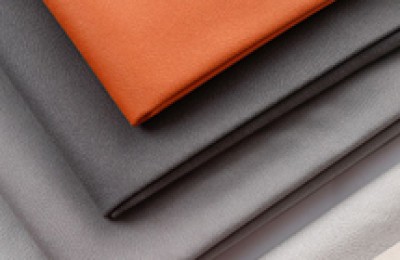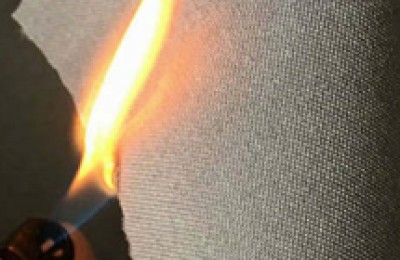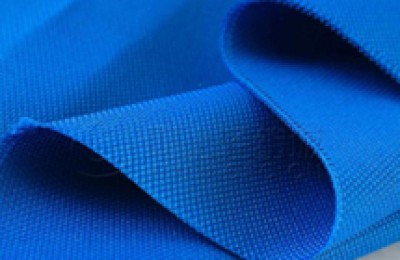Due to favorable factors such as oil prices continuing to rebound during the Spring Festival holiday, vaccine progress being good, and the global trade environment improving, PTA and ethylene glycol have experienced a sharp rise after the holiday. Under cost pressure, polyester filament companies have successively raised their quotations. As of 3 On March 8, the prices of various specifications of polyester yarn increased by more than 1,500 yuan/ton.
Taking advantage of the rising prices of raw materials, many textile company bosses are “drunk now” and are operating at full capacity and seizing the opportunity to produce and sell. , and strive to complete 70% or even higher of the annual profit targets and production tasks for 2021 in the first half of the year.
However, the initial price increase had a positive effect on the production and sales of polyester factories. However, as the price increase expanded, caution and resistance to “side effects” demand began to increase. heat up.
In the early stage, the Siyang County Taihu Lake Shade Cloth Home Textile Chamber of Commerce issued a notice to adjust prices again: Due to the sharp increase in the price of chemical fiber raw materials, production costs continue to rise, and the Chamber of Commerce is in a state of loss. All members decided to increase the price to 2-3 yuan/meter for different customers according to different products! This is the second time the chamber of commerce has raised prices in seven days!
And how strong is the implementation? I believe that textile people who have been working hard in the weaving industry know that in the weaving industry, which is known for overcapacity, it is basically futile to raise prices together. The actual price increase of the chamber of commerce is not fully implemented in accordance with the intensity of the notice. It is understood that , compared with the upstream surge in February, most specifications on the market have indeed generally increased by 0.3-0.5 yuan/meter, and some weights have increased by 1 yuan/meter.
But this is far less than the increase in raw materials. At present, the price increase of gray fabrics, fabrics, clothing, etc. is obviously lagging behind. Export-oriented companies and processing companies are becoming more cautious in accepting orders. Whether they can further bear and digest the rising costs still needs to be observed and adjusted.
On the other hand, the U.S. government continues to impose tariffs on US$370 billion of imported Chinese goods and continues to impose an import ban on Xinjiang cotton products. Brands and retailers in textiles and clothing from Europe and the United States and other countries have The increase in unit purchase price is relatively limited or even unacceptable. The direct result is that foreign orders will either continue to be transferred to Southeast Asian countries; or Chinese companies will receive orders with low profits, no profits or even losses.
At present, weaving mills are still cautious, believing that without demand support, even if raw materials help to increase prices, they cannot form a sustainable market. However, as long as the upstream supply remains in short supply and the epidemic situation is expected to improve, it is unlikely that the gray fabric market will experience a unilateral decline in the first half of this year. The fluctuation of raw material prices is a normal market behavior. As long as the amplitude is relatively controllable, there is no need to deliberately reduce production. Therefore, the factory capital chain may affect the factory start-up load in the first half of 2021. The inventory of factories with sufficient funds may increase slightly, while factories with tight funds will pay more attention to the production and sales ratio.
To sum up, the power of this surge in raw materials is not entirely driven by the fundamentals of supply and demand, but partly driven by funds and speculation. Judging from a series of recent actions by the central bank, expectations for “ultra-loose” monetary policy and large-scale water release in 2021 have been significantly weakened (mainly due to the overall stabilization and recovery of my country’s economy, and current inflationary pressure is prominent), and steady or even phased tightening has become the main tone. . The trend of Sino-US relations is not clear. No matter whether Trump or Biden comes to power, suppressing China will always be the core of the United States. The Biden administration has even formed a tough China working group.
On the other hand, although the number of new cases of new coronavirus pneumonia in Europe has overall decreased and the number of people vaccinated has increased, mutated new coronaviruses are spreading rapidly in many places, and the increase in infection rates is worrying. worry. Therefore, textile and apparel consumer demand may enter a period of stagflation after a retaliatory rebound in the fourth quarter of 2020. When all the money ebbs, it will be clear who is “swimming naked.” </p







